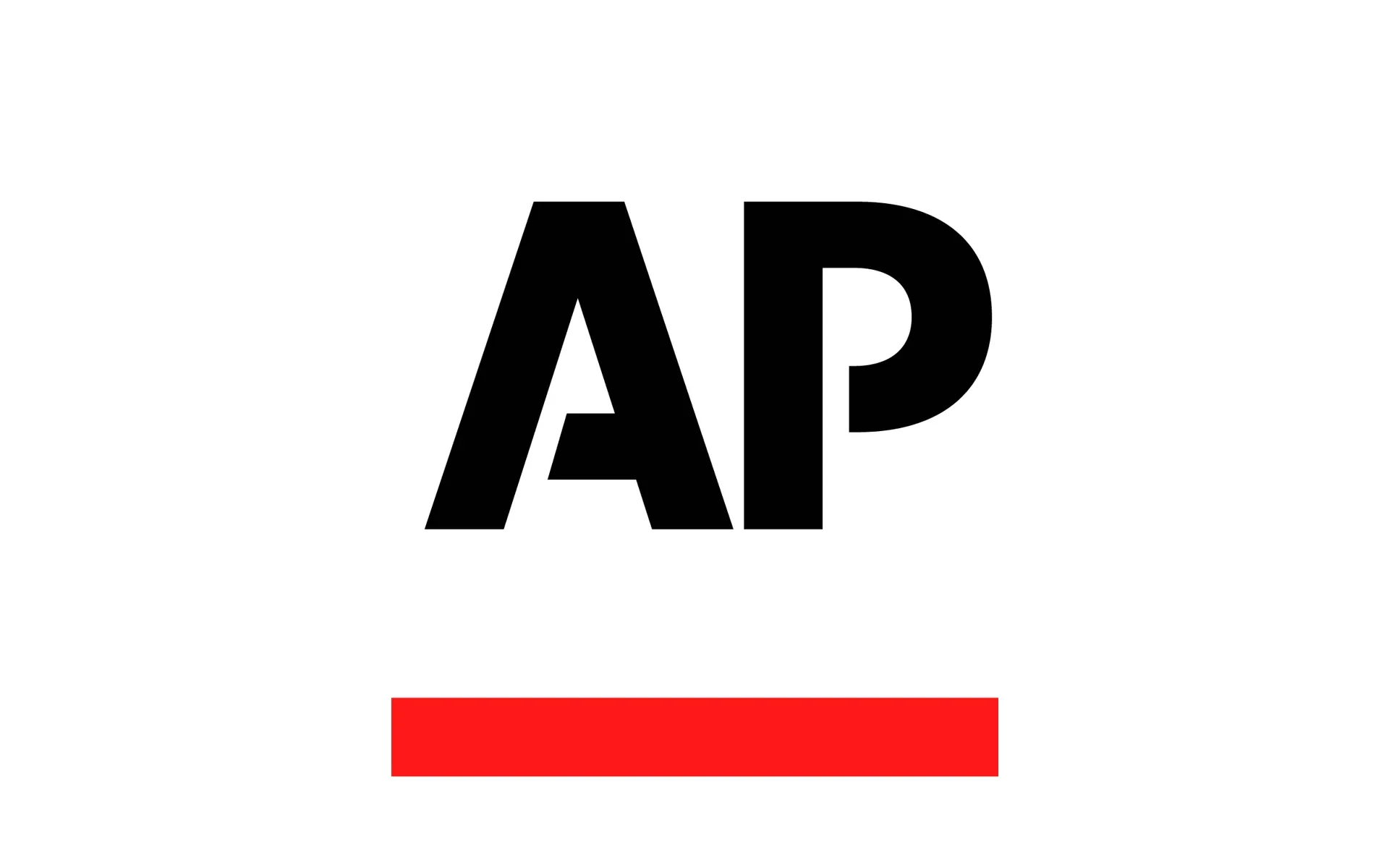Artificial intelligence providers adopt contrasting news licensing strategies
Google partners with AP for real-time news while OpenAI faces lawsuit, highlighting divergent approaches to AI news integration.

On January 15, 2025, Google announced a partnership with The Associated Press to integrate real-time news content into its Gemini artificial intelligence application. According to AP's chief revenue officer Kristin Heitmann, the collaboration aims to deliver timely and accurate information to global audiences through Google's generative AI products.
The Associated Press will provide a continuous feed of current news to enhance Gemini's responses. Neither organization has disclosed the financial terms of this arrangement. Google has also not specified how AP's journalism will be presented within the Gemini interface or whether links will direct users to original articles.
This development comes amid increasing tensions between news publishers and AI companies over content usage. The New York Times initiated legal action against OpenAI regarding unauthorized use of its content. On January 16, 2025, attorneys presented arguments before a federal judge in New York concerning copyright infringement claims.
News organizations face significant challenges as technology reshapes information distribution. The Associated Press experienced substantial revenue decreases from traditional newspaper subscribers in 2024, including the departure of major publishers Gannett and McClatchy.
Sarah Kreps, director of Cornell University's Tech Policy Institute, identifies potential risks in these partnerships. "By outsourcing their value to tech companies, news outlets may cede control over how their work is used and monetized," Kreps stated. She emphasized that this approach could weaken direct relationships between publishers and readers.
The integration of AP content into Gemini represents a strategic shift in how AI companies source information. Google's long-term collaboration with AP for Search features provided a foundation for this expanded partnership. The agreement specifically focuses on enhancing Gemini's ability to provide current information to users.
Technical implementation details remain unclear. AI models typically require extensive training periods, suggesting Google may employ additional technologies to incorporate AP's real-time updates. The company has not revealed specific mechanisms for ensuring accurate representation of AP's reporting within Gemini's outputs.
Media industry analysts note contrasting approaches between major AI providers. While Google pursues formal licensing agreements, other companies face legal challenges over their use of news content. These divergent strategies reflect broader debates about fair compensation for journalism in the AI era.
The Cornell Tech Policy Institute highlights data quality as a critical factor in AI development. News organizations possess extensive archives of verified information, which AI companies increasingly view as valuable training resources. This dynamic creates both opportunities and challenges for traditional media businesses.
Financial pressures continue to affect journalism organizations. The Associated Press maintains its position as an independent news source while adapting to market changes. The organization provides content directly to consumers through APNews.com, though its primary revenue stems from licensing agreements with other organizations.
Industry experts emphasize the importance of maintaining journalistic standards while exploring new distribution channels. News organizations must balance immediate financial considerations against long-term sustainability concerns. The outcomes of current legal disputes may significantly influence future relationships between publishers and AI platforms.
The agreement's impact extends beyond immediate business considerations. It raises questions about information access, content attribution, and the evolution of news distribution methods. These developments occur as both technology companies and news organizations navigate changing consumption patterns and economic models.
Transparency remains a key concern for media observers. The lack of detailed information about implementation methods and financial terms creates uncertainty about long-term implications. Future developments may provide greater clarity about how this partnership affects both news creation and distribution processes.

